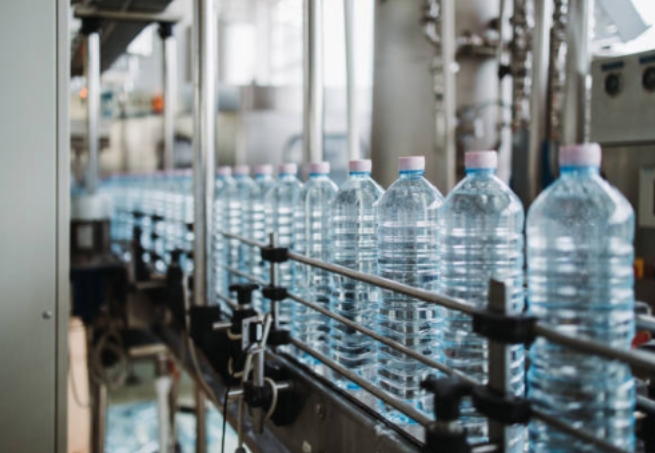With the rapid pace of industrialization, the characteristics of wastewater generated by different industries vary widely due to differences in production processes. As a result, industrial wastewater treatment systems must be customized based on specific industry requirements. Understanding the type of wastewater each industry produces is the first step in designing an effective treatment solution.
Wastewater from food and beverage factories typically contains high concentrations of organic substances such as fats, proteins, starches, and sugars, with very high BOD and COD levels. This type of wastewater decomposes easily and produces strong odors. Treatment must focus on enhancing biodegradation and dissolved air flotation (DAF). Common processes include DAF systems for removing suspended solids and grease, followed by MBR systems for deep organic removal.
Processes such as acid washing, electroplating, and chemical cleaning generate wastewater rich in heavy metals (e.g., lead, nickel, copper) and high total dissolved solids (TDS). Treatment includes neutralization monitored by pH/ORP controllers, followed by physico-chemical methods to remove metals. Final treated water can be further processed by RO or EDI systems for reuse.
Wastewater from dyeing, washing, and finishing contains high color, surfactants, dyes, and auxiliaries, making it chemically complex and hard to biodegrade. Treatment requires oxidation, coagulation, and biological methods, supported by aerators and blowers to enhance oxygen supply and biodegradation efficiency.
These industries generate oily wastewater and metal particles, classified as high-suspended pollution. DAF systems are commonly used for initial treatment, followed by dewatering using screw press, filter press, or belt-type sludge dehydrators. High-efficiency sludge pumps help improve overall treatment and stability.
Wastewater contains toxic and hard-to-degrade chemicals with highly variable compositions, strongly affecting biological systems. Treatment involves chemical processes such as neutralization and redox reactions, plus efficient physical separation. Enamel-assembled tanks provide corrosion-resistant storage to prevent contamination spread and improve operational flexibility.


